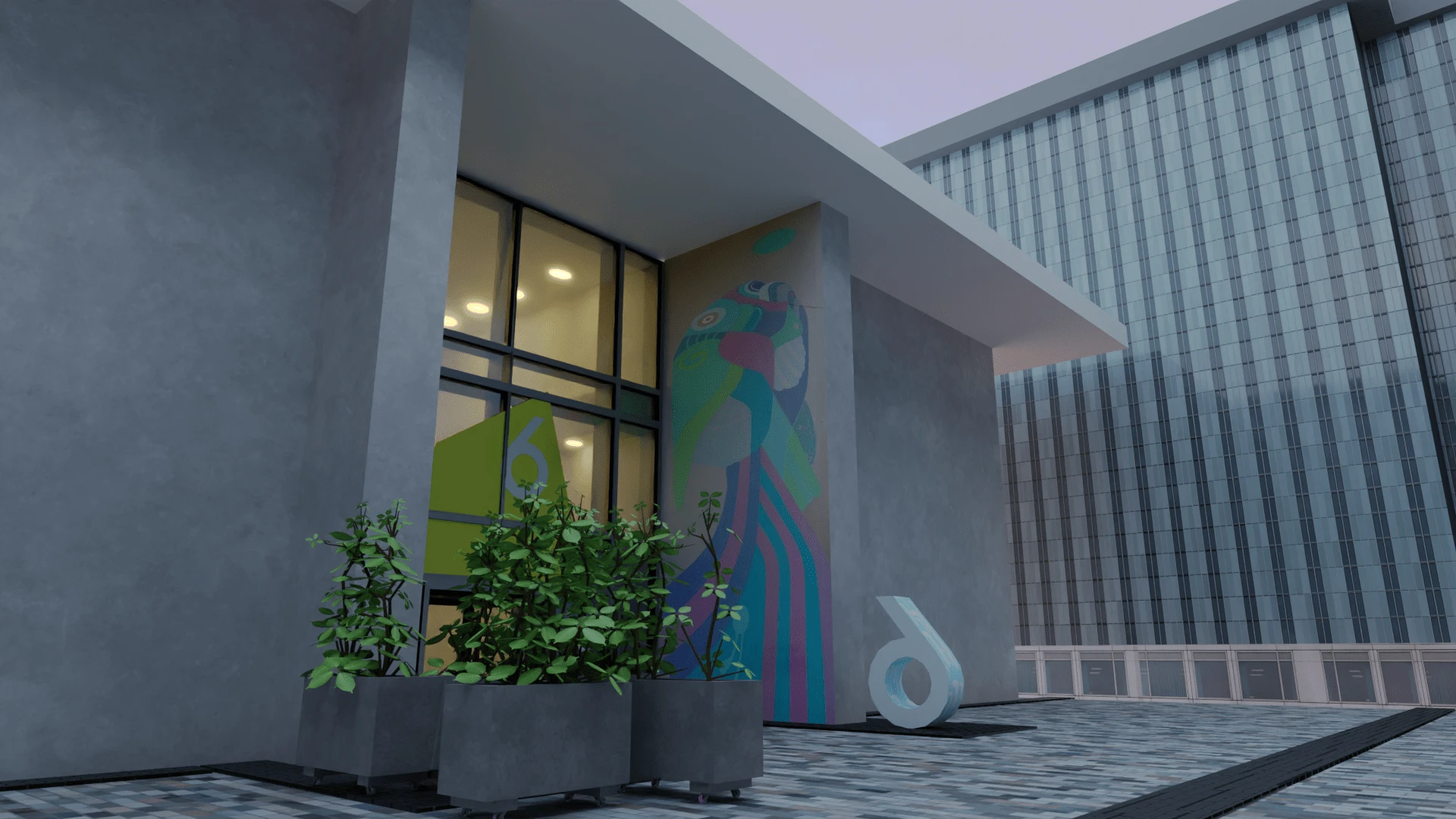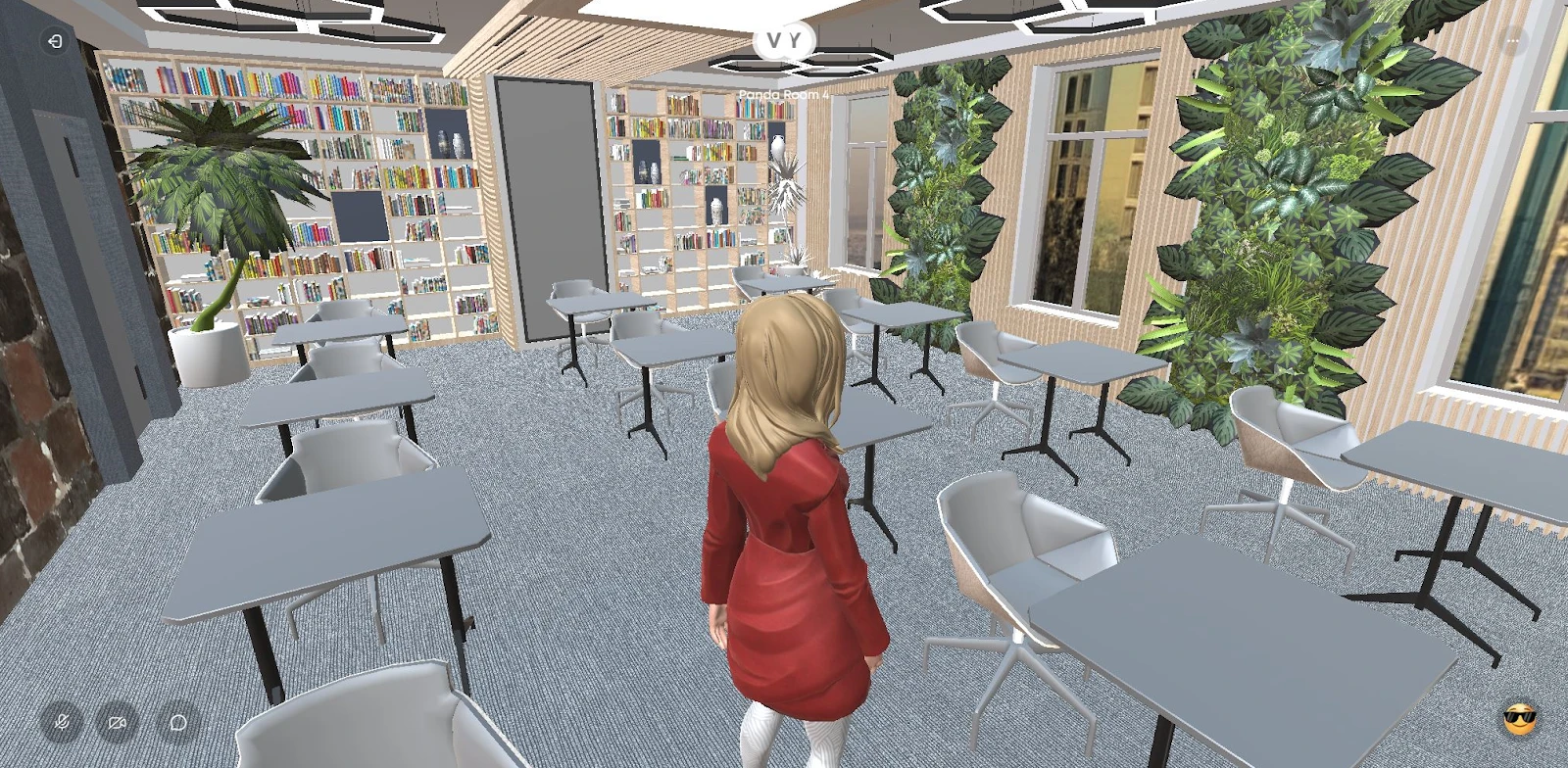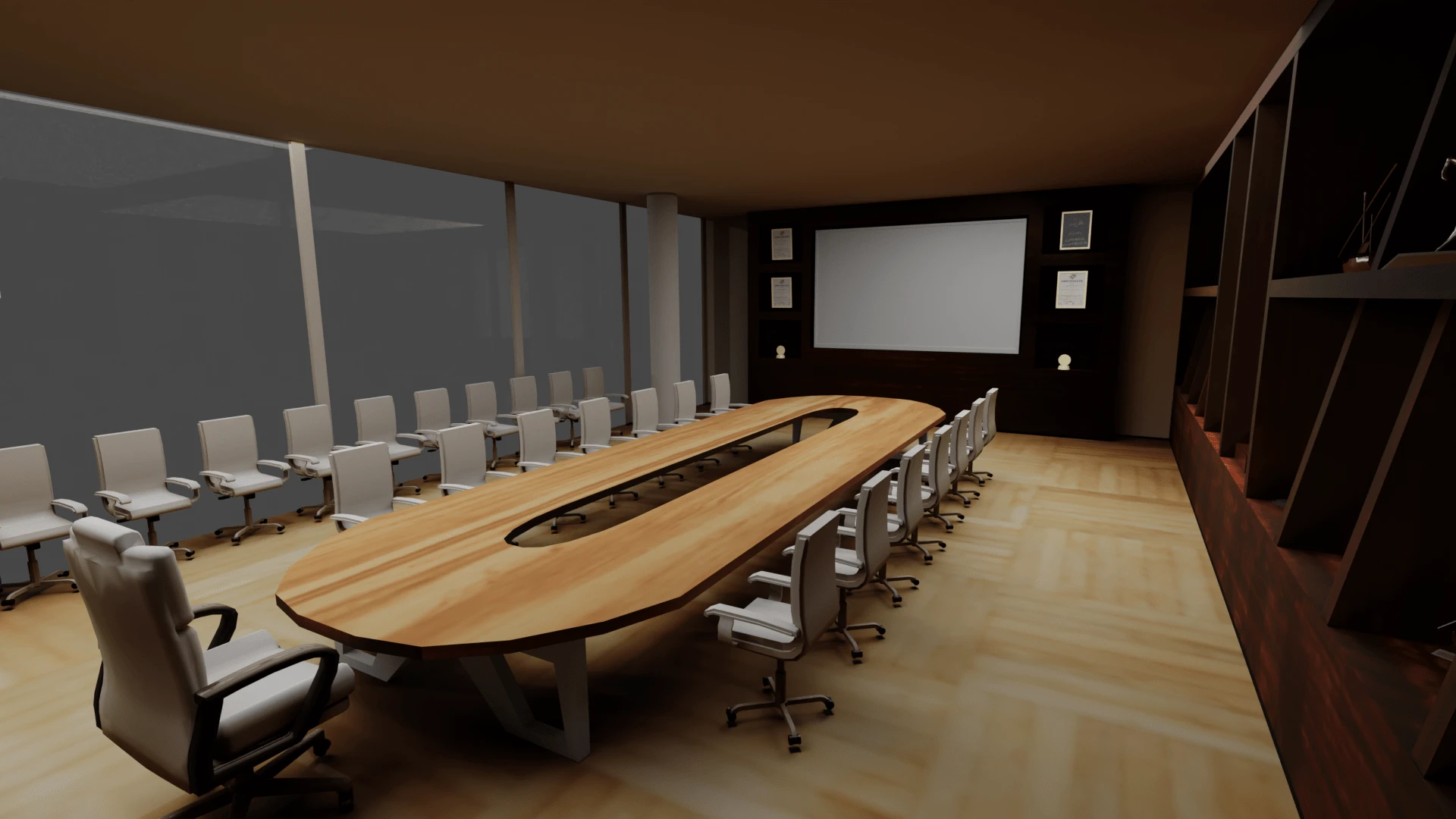Telework became particularly popular during the last few years, which in turn freed people from most location and time constraints. As a result, not only do we feel more comfortable working from home but there’s also a growing enthusiasm for finding new ways to improve the workplace. With the advent of the metaverse, it’s natural many businesses have begun looking at virtual offices as a valid option to conduct business. In this article, we will explore what metaverse work could look like and go through some great examples of people already giving it a go.
Can We Work in the Metaverse?
If the last months have shown us anything, it is that it seems the metaverse is finally coming into shape. Many companies have recently announced metaverse projects involving digital assets, carefully-designed training programs, and virtual buildings such as university campuses, concert venues, and art galleries.
Luckily, the technology that could also support working in the metaverse has come quite far. With advances in virtual reality headsets, sensors, and actuators, the possibility of running an entirely virtual office feels closer than ever. So, let’s take a look at some of the essential concepts around virtual office spaces and explore some virtual office ideas you can try today.
What is a Virtual Work Environment?

A virtual work environment, or a virtual office, is an online space that can be used for meetings and collaboration. Remote work is older than most people suspect, so we can consider chatrooms, forums, and collaboration tools as elements of a virtual office. However, when we talk about an environment (in the context of this article), we will specifically refer to a holistic space where people can operate together.
So, in short: Any virtual space where people cooperate for the purpose of work can be considered a virtual work environment, provided it has the tools necessary for interacting efficiently. However, a metaverse office is a little more specific! How, exactly? Let's take a look.
What is a Metaverse Office?
The metaverse is a universal and immersive virtual world - or, more precisely, a network of 3D worlds. Among the myriad of virtual spaces promoted by the surge of the metaverse, a virtual office is (as its name hints at) one specifically dedicated to office use.

There are different technologies you can already use to create a virtual office in the metaverse. Two of the most popular ones are virtual reality (or VR) and augmented reality (or AR). While the first provides a very immersive environment, the second can superimpose real-world elements on the virtual space to use ‘the best’ of both. The technology to support these offices is evolving daily, so we can expect even more tech to develop around virtual office needs in the coming months and years.
What are the Features of a Virtual Office?
A virtual office enables business owners and employees to work remotely by providing several business functions. Here are some things that define a virtual space as a virtual office, especially in the context of the metaverse:

- Physical office replication: Digital offices are entirely virtual, but they still need to replicate some basic business needs. For example, they usually require common spaces such as meeting rooms, conference rooms, halls, lobbies, or exhibition booths, and can have personal offices and other dedicated spaces.
- Avatars: Your participation in the metaverse depends, in most cases, on the use of an avatar that represents you in that world. A virtual office in the metaverse is no exception; all users must embody some kind of avatar that can (but doesn’t have to) look like them.
- Virtual elements: By existing in the metaverse, a virtual office can benefit from a variety of interactive 3D elements. For example, a video vault, live content sharing capabilities, training rooms, and all the experiences you’d have trouble creating in real-life but that are easy in a digital environment.
Why Should SMBs Set Up a Virtual Office?
There’s little doubt about this: The future of work is hybrid work. Most people don’t want to have full-time in-person roles; instead, they prefer remote and hybrid models that can allow employees to balance their life needs better.
Using a digital space in the metaverse is the perfect opportunity to move some of your small and medium business activities to a virtual office. Some studies have demonstrated that collaborative work suffers when people have to work remotely.
However, things look very different when we talk about the capabilities of a metaverse workspace.
Imagine, for example, that you can go from one remote meeting to another by crossing a virtual atrium. If you feel this type of virtual office space is too far in the future, you might actually be surprised: Korean company Zigbang is already using a 30-floor virtual office, their Metapolis. All employees need to do to join this virtual space is choose an avatar and activate their webcam and mic.
Now, compared to remote work (which already offers several advantages to employees such as non-existing commutes and a better life-work balance), metaverse offices offer many benefits to businesses as well. For one, your company can have access to a worldwide talent pool and have way less overhead (no leases, no utility payments, and no costs you’d have in a brick-and-mortar space). But most importantly: Productivity increases significantly when using a virtual office.
How Virtual Workplaces can Improve Communication
Metaverse offices can improve working efficiency by increasing the opportunities for interaction - and the complexity of them, too. In a traditional office, you can share your ideas around a table, but you usually have to wait for the agreed time to do so. In the metaverse, as long as you have an internet connection, you can meet with others without much issue.
Metaverse offices also have an infinite workspace. You’re not limited to a small building or a cubicle. Of course, metaverse premises have a server cost to run, but you can adapt this to the particular needs of your business.
Lastly, because metaverse offices function in a three-dimensional world, they permit almost anything to be modeled, accessed, and examined. Also, members of a group can engage more efficiently in their daily tasks because they can do team-building exercises in the virtual office and have a much more immersive experience for a portion of the cost.
3 Virtual Office Experiments you Can Run Now

If you’re curious about moving some of your work to the metaverse, there are a few things you can try today. In some cases, you should have a few VR headsets to give these a go, but there are platforms like Cerebrum Progressus (formerly PandaMR), that give users opportunity to experience to have immersive metaverse experiencee without special devices. You will just need a computer with an internet connection and a microphone. And to find out about the perfect platform to run your virtual office, check below!
1- Design a metaverse office space
The first virtual office experiment you can explore is creating a metaverse or virtual office. There are a few ways to do this; for example, you can use a platform that allows you to create custom spaces and share them with others. It’s always a good idea to start your online office by replicating what you have in the real world (if you do have an office) and then add virtual elements such as media and interactive games.
2- Create employee avatars
Avatars are essential to help people feel more immersed in virtual worlds. The office is no exception, so another thing you can try when testing out virtual spaces is to encourage employees to create an avatar. The more personalization they can access, the better. And, of course, if you can mimic behaviors like movement and facial expressions, you can help users feel like they are interacting face-to-face.
3- Move your meetings to your virtual office
Once you have set up a space and have created avatars for those participating in your virtual office, it’s time to put everything together and give it all a try! For example, you can hold your first virtual standup meeting! Plan the types of activities you want to do, and make sure you are timeboxing your schedule. And, if employees are new to virtual reality, make sure you help them adapt to and learn about the technology first.
If you need a platform to test your virtual office, try Cerebrum Progressus (formerly PandaMR).
Cerebrum Progressus (formerly PandaMR) offers multiple community-built metaspaces you can use to create your own custom meeting rooms, event venues, and open spaces and offers fully personalized avatars for more immersion. What are you waiting for? Join the metaverse today!

